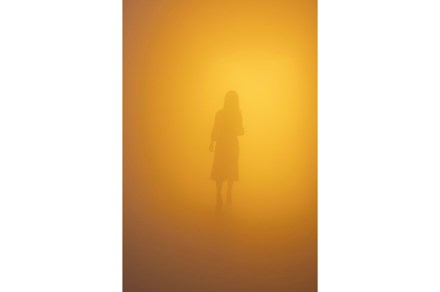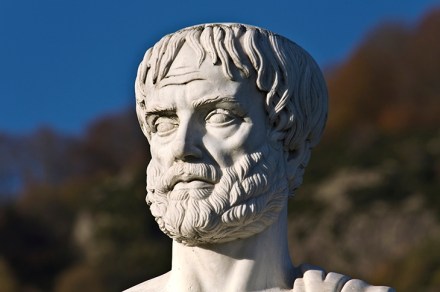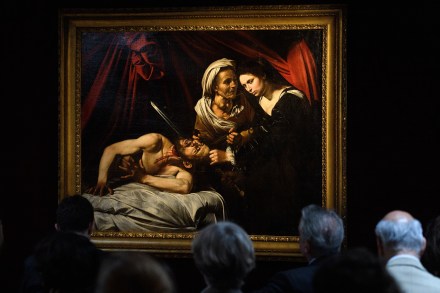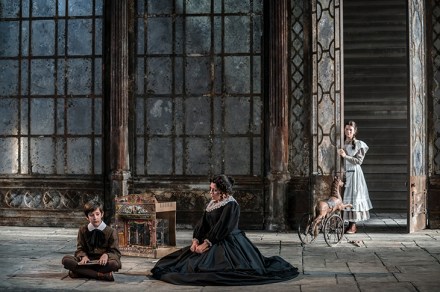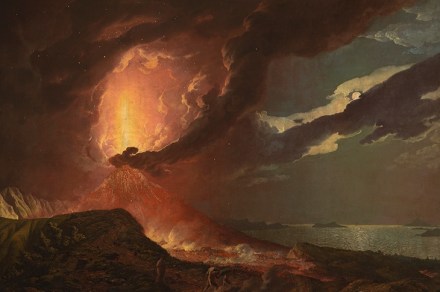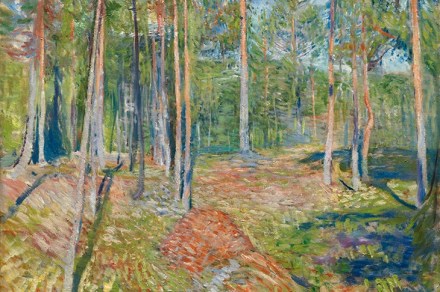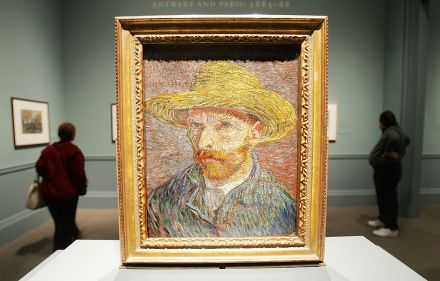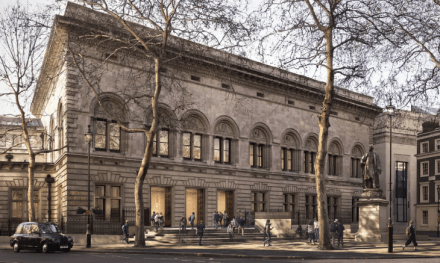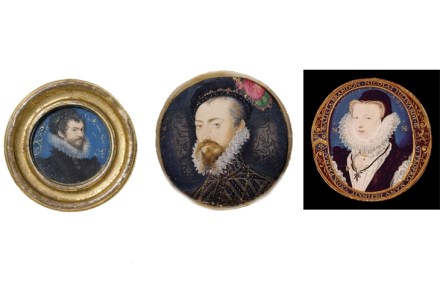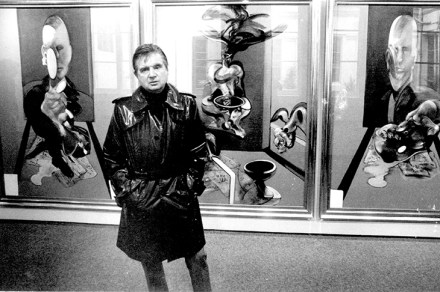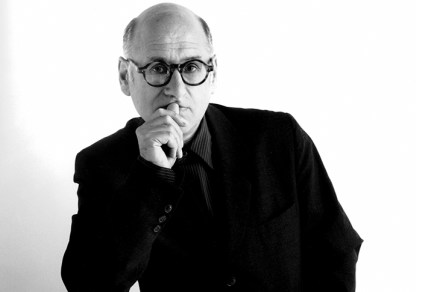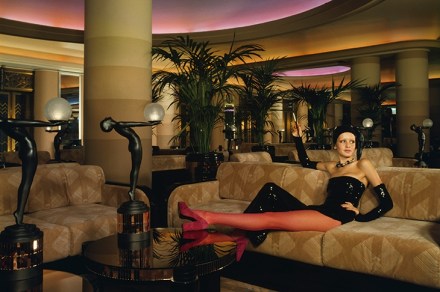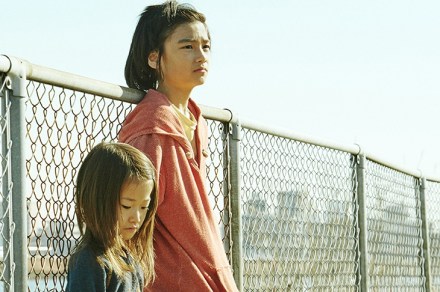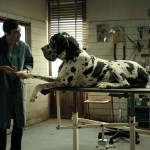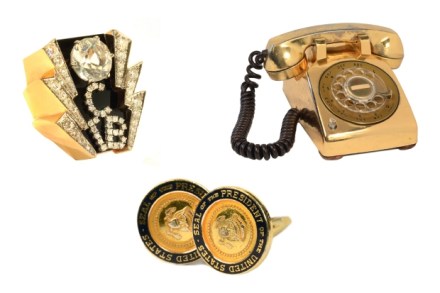Why did Mrs Lowry hate her son’s paintings?
‘I often wonder what artists are for nowadays, what with photography and a thousand and one processes by which you can get representation,’ L.S. Lowry muses in Robert Tyrrell’s 1971 documentary. ‘They’re totally unuseful. Can’t see any use in one. Can you?’ I can: as fodder for biopics. Cinemato-graphers have always been inspired by painting, but the appeal of the artist’s biopic lies less in the representation than the lifestyle: mainly the sex. Kirk Douglas’s Vincent van Gogh demonstrates his ‘lust for life’ in the trailer for Vincente Minelli’s 1956 film with what would now be considered a sexual assault on Jeanette Sterke as his cousin Kay; Charlton Heston’s Michelangelo


